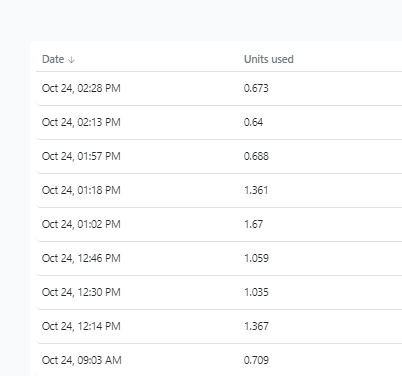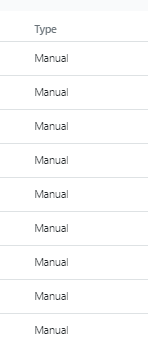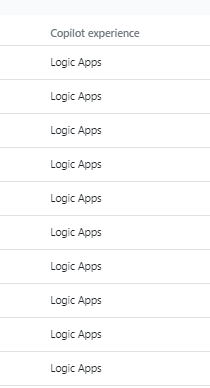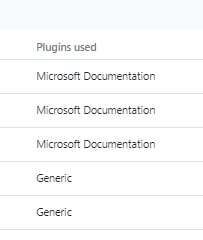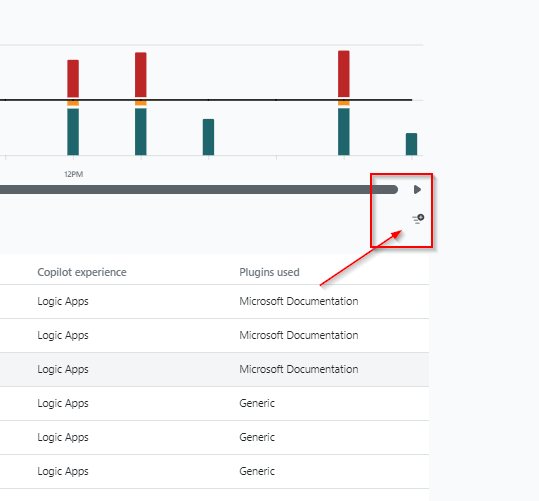Why Microsoft's Copilot for Security Usage Monitoring Dashboard Update is a Game-Changer for Efficiency and Utilization
Usage Monitoring Dashboard GA Release
Microsoft's Copilot for Security (CfS) is revolutionizing how organizations monitor and manage their security usage with the latest update to the Usage Monitoring Dashboard, now Generally Available (GA). This enhancement is a massive leap forward in providing a granular view of Security Compute Unit (SCU) consumption, helping businesses improve efficiency, forecast usage, and optimize budgets. With increased visibility into CfS's utilization, teams can now hold security operations more accountable and make better decisions about resource allocation.
Here are the key reasons why this update is so important for efficiency and utilization:
1. 0.000 SCU Usage Granularity
The new SCU usage granularity down to 0.000 SCUs provides unprecedented accuracy in tracking how resources are being consumed. This means that even the smallest usage spikes can be captured, giving security teams the ability to closely monitor real-time resource consumption. This data is critical for forecasting future usage and avoiding unexpected costs.
With this level of precision, organizations can pinpoint inefficiencies and adjust their security workflows to reduce waste, ultimately improving operational efficiency.
2. Who Invoked Copilot for Security?
The dashboard update now tracks who invoked CfS, adding a layer of transparency and accountability. Knowing which team members are utilizing CfS, whether in day-to-day operations or for critical security tasks, helps security managers understand where the tool is adding value and whether additional training is required for certain users.
This detailed view into individual activity can also aid in identifying potential misuse or overuse, allowing for more effective resource management.
3. Prompt and Promptbook Insights
Another crucial feature is the ability to distinguish between a single prompt or a Promptbook invocation. This categorization is important because it allows teams to see whether a request was a one-off or part of a broader automated workflow. Such distinctions help organizations measure the efficiency of automated security operations versus manual interventions, enabling more informed strategic decision-making.
4. Manual vs. Automatic Invocation [Type]
CfS now differentiates between manual and automatic invocations, providing additional clarity on how the tool is being used. This breakdown helps security operations teams understand the reliance on automation and areas where manual oversight is still required. The push toward automation is a key driver of efficiency, and this data can help organizations further streamline operations.
5. Experience Tracking
The updated dashboard now tracks which experience was used, including integrations like Logic App. By knowing which experiences are most utilized, security teams can focus on improving the processes and integrations that drive the most value, while potentially deprecating underutilized features. This insight ensures teams are making the most of the tools at their disposal, ultimately enhancing both productivity and security posture.
6. Plugin Involvement (Including 3rd Party and Custom Plugins)
Organizations can now see which plugins, including third-party and custom plugins, were involved in CfS activities. This is a critical update because it allows teams to monitor the performance and effectiveness of external tools and custom solutions within their security ecosystem. Having visibility into plugin usage ensures that organizations can track the impact of these integrations on overall efficiency and security.
7. Increased Filtering Fields
With the introduction of advanced filtering options, users can now segment and analyze their usage data with much greater precision. By filtering by specific parameters such as user, experience, plugin, or invocation type, security teams can generate detailed reports that offer actionable insights for process improvements and cost savings.
8. Export to CSV for Enhanced Reporting and Analysis
Finally, the ability to export usage data to CSV is a crucial addition, allowing security teams to manipulate and analyze their data using external tools. This feature is especially useful for larger organizations that require extensive reporting capabilities or want to integrate this data into broader business intelligence tools.
Why This Matters
The Copilot for Security Usage Monitoring Dashboard update brings unmatched visibility and control to SCU usage, allowing security teams to optimize resources, improve efficiency, and make more informed decisions. With detailed data on who is using CfS, how it’s being invoked, and the tools involved, organizations can ensure they’re getting the most out of their security investments.
For organizations looking to improve their budget forecasting, resource allocation, and operational efficiency, this update is a game-changer. It empowers security teams with the insights they need to operate more effectively, making it a critical tool for businesses striving for greater accountability and cost management in their security operations.
#MicrosoftSecurity
#MicrosoftLearn
#CyberSecurity
#MicrosoftCopilotforSecurity
#Microsoft
#MSPartnerUK
#msftadvocate



